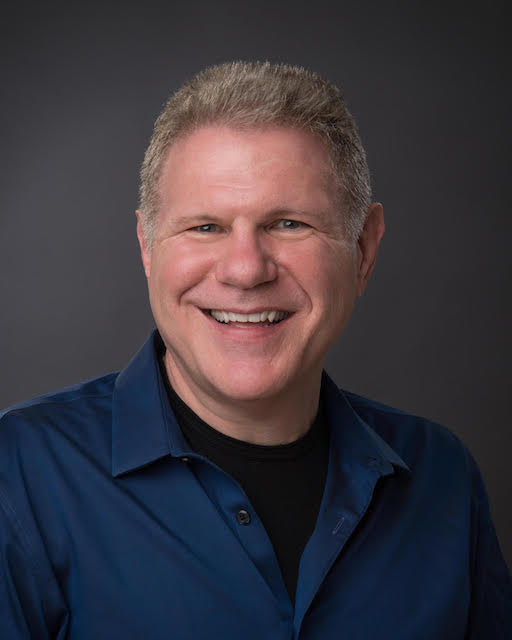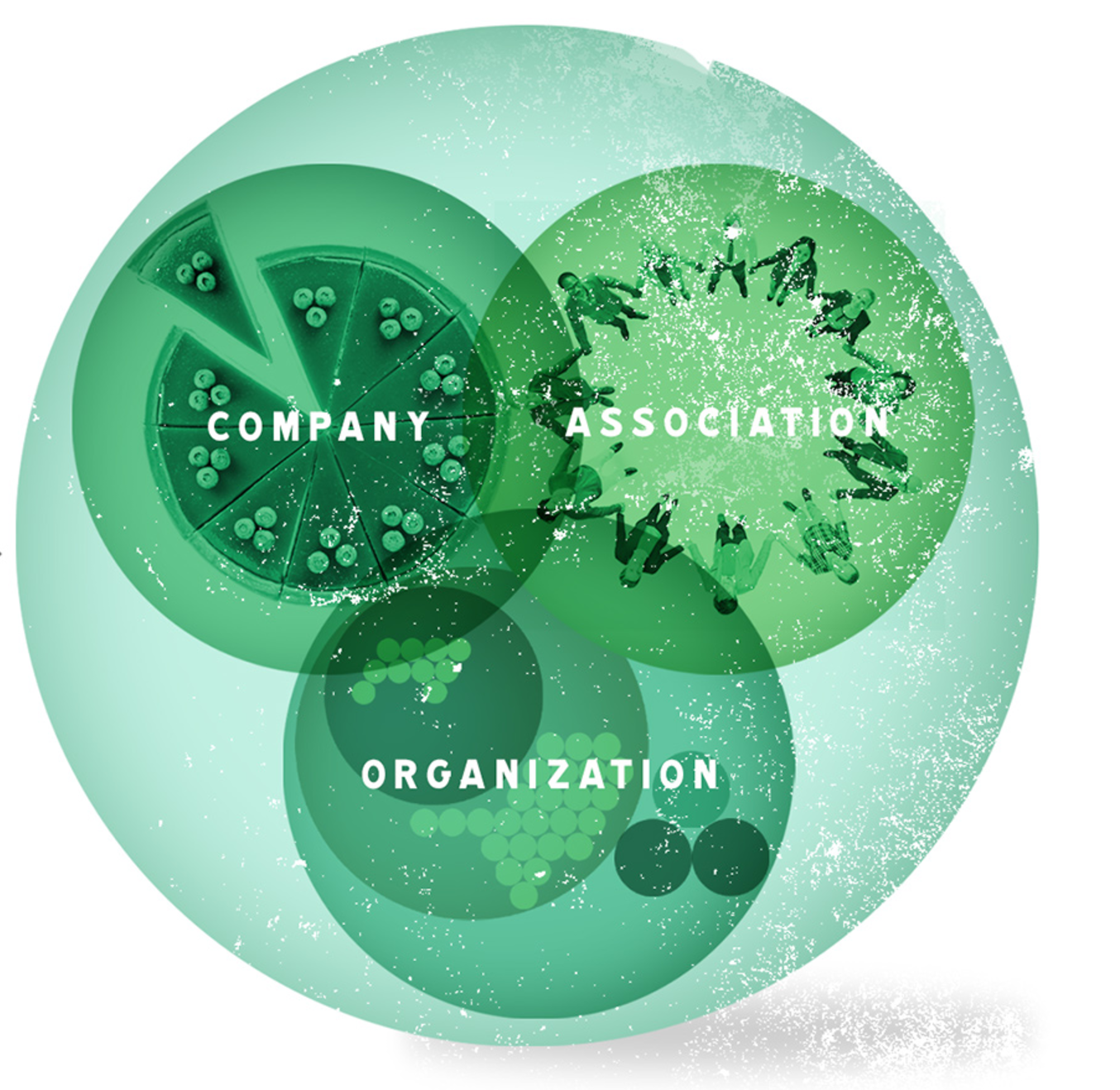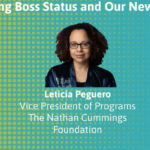Tom Thomison founded several companies in his more than three decades as a management consultant. Along the way, he couldn’t help but feel that something was missing from conventional organizational structures — and he wasn’t alone. His firms, along with other top consultancies like McKinsey, Price, and Accenture, experimented with lean systems, high-performance teams, and leadership development programs. But nothing seemed to improve the business-as-usual style of management in a concrete, scalable way.
“What I found was no matter what we did, no matter how clever or helpful any particular technique was, it eventually withered away,” Thomison recalled. “It went back into the same power system, the same organizational decision-making system, and the same leadership structures. I was ready to reconsider what it meant to be in an organization.”
Together with serial entrepreneur and organization-builder Brian Robertson, Thomison launched HolacracyOne in 2007 with a lofty goal to create a replacement for the management hierarchy. Their proposed alternative, Holacracy, reframes conventional management from a top-down power structure to a self-managed system that goes beyond employment to liberate the purpose of work. Eight years later, Thomison founded Encode to help organizations scale self-organized systems like Holacracy.
We were curious to find out more about Holacracy, why organizations might consider self-managed systems, and how conscious companies can make these systems work for them. Thomison shared all the details — and then some. Read on to learn more about this game-changing approach to management that has (probably) flown under your radar thus far.
How would you describe Holacracy, and what do people most often misunderstand about it?
Tom Thomison: A lot of folks think Holacracy is yet one more in the genre of trying to improve management structures, but it’s not. Holacracy is a wholesale replacement for the management hierarchy. It’s a huge rethink of what it is to be in an organization and what it is to do work together.
In Holacracy, we organize around the work. In a management hierarchy, you’re trying to leverage politics and good leadership to get people to work together in a coordinated fashion. Holacracy replaces that and separates the people from the work. An organization is no longer a collective of like-minded, passionate people coming together to do cool things. It’s something else.
Holacracy says, “An organization is not what we thought it was. An organization is a structure designed to express an evolutionary purpose that the world needs, and it attracts anybody who resonates with that purpose to participate in expressing that work into the world.” It’s a different way of approaching organizational work and organizational life.
Why would a company want to move into a self-organized structure?
TT: Practically speaking, we’re talking about a power shift. This is a change in power structure, rather than an attempt to incrementally improve the existing power structure, so Holacracy always begins as a top-down affair. It always starts with a power holder who says, “It’s in our best interest to self-organize around this purpose as opposed to doing it the conventional way.”
We start there. That power holder — a founder, shareholder, CEO, or team lead — likely recognizes the limits of current management and organizational structures. He or she sees the bottlenecks and constraints, the disengagement from most folks, and the politics that corrupt the ability to get work done. That leader notices degrading operational efficiency and feels the burden of being the person who everybody turns to for decision-making, which institutes a permission culture as opposed to an action culture. These are all things that have become endemic in our current organizational environments. In fact, you might say that all the symptoms we’re trying to treat with various organizational practices stem from the same root cause: We have a fundamental flaw in our power distribution system, in our ideas of what an organization is, and the best way to control that system.
In the 21st century, we’ve learned a lot about decentralization, disaggregation, distribution of nodes, and networks, and so on. We have better methods. We have better tools and better techniques. Good leadership recognizes this and has the ability to change the game.

Tom Thomison, co-founder of HolacracyOne and founder of Encode.
Once an organization has adopted a system like Holacracy, where do they go from there?
TT: Once you’ve been practicing a system like Holacracy for a few years, you begin to recognize, “Huh, we’ve done a really good job of changing one power system out, but we run into new power systems.” Let’s say the power holder who instituted Holacracy is the CEO. After living with Holacracy for two or three years, that CEO begins to see some of the operational efficiencies of getting everybody in the game, playing by the same rules, and inspired by the same purpose. The company has no bottlenecks on decision-making; it dropped permission culture and now has everybody biased toward action-taking. But that same CEO reports to a board, where decisions are made differently, and he or she could be outvoted. The decision could be rescinded by power outside that person’s control. We have to fix that problem.
The motivation is to, now, push the bounds of power distribution all the way out into the legal structure. If the legal entity itself ratifies the new self-organizing operating systems like Holacracy, no person in the loop can wake up, have a bad day, and decide, “This is no longer for us.” Holacracy does what it set out to do — replace management hierarchy with something else — and yet it’s completely silent on the people. It’s also completely silent on where power lives in our legal, ownership, and capital structures — in the very corporate fabric of how an organization is formed and grounded in a local jurisdiction.
So in 2015, we founded a new organization, Encode, to upgrade those two systems left behind. We’re upgrading legal structures and people structures to make them compatible with 21st-century power, government, and organizational systems like Holacracy.
What has the Encode team learned so far as you seek to upgrade legal and people structures to be compatible with systems like Holacracy?
TT: Holacracy rewrote the code of management in a coordinated fashion to pursue purpose. We’re doing the same thing: We’re taking existing legal structures that are flexible enough to allow us to encode the principles we want. We’ve identified 20-some principles that need to shift, and we changed the way the organization is structured in the existing legal system.
For example, in the U.S., we have two limited liability company operating arenas that have been completely restructured — one in Nevada and one in Colorado. There are several key shifts. Chief among them is we shift everything to purpose. We use legal language and legal maneuvering to shift what’s ordinarily encoded as the fiduciary or the greater caring concern to the shareholders, or to profit. We actually encode something different when we say “the greater carer concern shall be to the purpose.” And we make the entity itself organized to pursue its own purpose on an evolutionary basis.
We are rewriting the legal code in jurisdictions all over the world, with projects in the U.S., Austria, the Netherlands, Sweden, and Switzerland. Essentially, we want the same self-organizing principles that we find in Holacracy available in our capital, liability, and legal structures. We make it very concrete: This is not an aspirational endeavor. This allows entrepreneurs and existing organizations to actually shift their foundational legal structure to be all about purpose, to fully distribute authority in pursuit of purpose, and to redefine ownership and capital structures to do the same.
Are there other self-organizing systems beyond Holacracy that a company might consider? What sets Holacracy apart?
TT: There are other candidate self-organizing systems out there, from Sociocracy to various practices that are often lumped into the Teal or responsive groups. But in my world, three criteria must be met in order for it to be a legitimate and mature operating or governance system. First, it needs a clearly written rule-set so everybody knows the rules of the road. There are few that meet that criteria. Second, it must encode the same set of rules for everyone. In other words, it completely swaps out management hierarchy.
The final is the toughest: It must also encode power in a way that is systemic, not personal. Nowhere in the system may any one person hold power over any other person — and this is big. Holacracy is the only system that I know that actually encodes power distribution systemically and completely surrenders any notion of one person holding power over another.
It is a critical distinction. What we want is a system that fully differentiates the individual from the organizational. We don’t want teams; we don’t want reliance on leaders; we don’t want individuals holding power personally through job titles or confusing position descriptions. We want a clear differentiation of what the work is and what the rules of the road are with regard to structuring that work. This is Holacracy.

Tom Thomison (center) and the Encode team.
When you talk about separating the individual from the organizational, some may find this impersonal and feel it removes some of the human connection from purpose-driven organizations. How would you respond?
TT: What we want is a new container for individual agents of purpose — not employees — who consciously choose to come together to bring something into the world, an organization’s purpose, and choose to hang out with other people who are also inspired by that purpose. Encode is writing new rules, behavior norms, and social engagements. We’re devising new ways to process interpersonal tension and develop good, healthy relationships with other individuals.
This allows for a much more natural and deeper, more intimate human-to-human connection. You get to choose who you want to hang out with and why; you get to choose how to interact with them and why; and you get to choose who mentors you and why, in a whole new way. We’re creating a new context where independent agents of purpose can show up. They are not employees; they are full-on legal members who have chosen to allocate a little bit of their time, energy, and talent toward a purpose they care about. They have agreed to surrender a little bit of personal autonomy to the collective of people who also want to enable or energize that purpose of work, but they don’t sacrifice their personal agency.
How does this look in practice?
TT: It’s a behavior norm that when interpersonal friction arises — and it will — we must first recognize that both or multiple parties are there for a purpose. We take a step back and recognize that individuals are acting, presumably, with the best intent to bring this purpose into the world, and we take the stance of either appreciative inquiry or curiosity. We genuinely ask, “Where is this friction coming from?” We give ourselves the ability to dig into that personally with each other from a stance of recognition and an appreciation that we’re here for a common purpose.
If we disagree, we can now dig into that disagreement without any power differential. Neither party is “the boss.” Neither party can tell the other what to do. We agreed, by choice, to come together to serve something greater than ourselves because we believe in it, and this informs our relationship. This changes the game and the texture of everything inside the people context.
What does leadership mean in a decentralized model like this?
TT: Lead your work and lead yourself. It’s simple. You’re not leading people. That comes naturally with human-to-human connections, and it either works or it doesn’t. Just like it does with friendships and other relationships, you lead your work and you lead yourself. The modeling, how you do that, can inspire others to do so, too.
You say Holacracy attracts people who are driven by a common purpose. But when it comes to staffing under this structure, how can organizations avoid systemic bias and build diverse and inclusive teams in the absence of a traditional HR department?
TT: Since we’re not looking for employees in a Holacracy system, hiring actually looks much more like looking for partners. The level of scrutiny centers around, “Is this person a good fit?” The beautiful thing is that we now have new, more refined lenses by which we can assess fitness.
Instead of assessing a candidate based on personal attributes like race, gender or sexual orientation, we ask questions like: Is this individual a good fit for the organization? Is this person capable of bringing skills and talents to bear to help express organizational work in the world? Does this person have the ability to play a non-management hierarchy game? Does this person have the intrinsic motivation to show up and lead in their roles and process organizational tensions? These are the lenses we can now bring to bear. We can get really clear on what the work is, and then we can assess just how well this individual can energize that work.
What are some big successes you’ve seen at Encode that you’re particularly excited about?
TT: What I’m most proud of is that Encode is taking what is aspirational in the world — a strong desire to work differently and bring all of yourself to your work — and making it practical. We’re taking the abstract and bringing it down into something you can actually do together. Now, living in the space for two years, we’re already seeing improvements to the people space and better linkages back to the legal space. This is a living laboratory sort of experiment.





